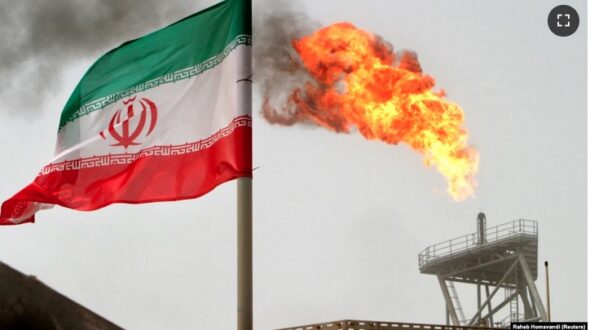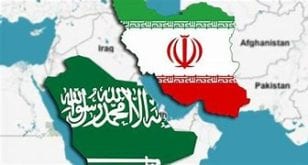iranintl – Amid rising oil prices, four OPEC+ sources said Friday that the organization is unlikely to tweak its current oil output policy when a panel meets next Wednesday.
Ministers from the Organization of the Petroleum Exporting Countries (OPEC) and allies led by Russia, known as OPEC+, are set to meet on October 4. The panel, called the Joint Ministerial Monitoring Committee, can call for a full OPEC+ meeting if warranted.
Four OPEC+ sources who declined to be named told Reuters that the committee would probably not make any changes to existing policy during Wednesday’s meeting as tighter supplies and rising demand drive an oil price rally. Global crude oil prices rose about 30% in the quarter as OPEC+ production cuts squeezed supplies.
Oil has jumped towards $100 a barrel for Brent crude, the highest since 2022, over OPEC+ policy of output cuts and rising demand. The rise of about $30 for each barrel can bring about a handsome boost to Iran’s struggling economy, despite the significant discounts Tehran provides to buyers while the Biden administration has notably relaxed the enforcement of US sanctions.
The rise can potentially increase Iran’s annual revenues by more than $10 billion annually, given that fact that the country exported close to two million barrels of crude per day in July-August.
With oil rallying, some analysts have cited an increasing probability the Saudi voluntary cuts will be reduced. There are also speculations that the curbs to be extended into 2024. The Saudi and Russian cuts are on top of earlier curbs announced since late 2022 and expected to dominate oil prices for the remainder of this year. The next full OPEC+ meeting is not until November.
There is “increasing probability the voluntary supply cuts by Aramco are reduced,” Reuters cited National Australia Bank analysts, referring to Saudi Arabia’s state oil producer.
Foreign sources monitoring Iran’s oil shipments estimated in August that daily exports reached close to two million barrels per day, after climbing to above one million in 2022 and 1.5 million earlier this year. A Reuters survey published August 31 showed that OPEC’s oil output rose in August as Iranian supply jumped to its highest since 2018, despite ongoing cuts by OPEC+ alliance to support the market.
SVB International, a consultant, estimates Iran’s oil production increased in August to 3.15 million barrels per day (bpd), with crude oil and condensate exports stood at just under 2 million bpd. “Iran is on the path to recover its pre-sanctions oil production,” said SVB’s Sara Vakhshouri.
With the discounts Iran is offering to China, its main customer, it was probably earning just under $30 billion annually earlier this year. But with more shipments and higher prices, the income can climb to above $40 billion. However, it is not clear how much it receives in cash and how much is bartered for essential imports.
Since the United States exited the JCPOA nuclear accord and imposed the sanctions in 2018, Iran has been selling its oil by clandestine methods to China. Export volumes and prices are a state secret, and all figures are estimates by industry observers and occasional bits and pieces of information from government officials.
“US officials privately acknowledge they’ve gradually relaxed some enforcement of sanctions on Iranian oil sales,” Bloomberg News revealed last month. The monetary impact of these sanctions relief measures can be determined by approximating the rise in Iranian exports resulting from reduced enforcement and subsequently projecting the added value of these increased sales.
According to US-based think-tank the Foundation for Defense of Democracies (FDD), “Depending on the discount Iran offered to incentivize purchases from a sanctioned government, the estimated value of Tehran’s additional oil sales — the difference between its realized revenue and what it would have earned if its exports remained at the maximum pressure period’s average level — was $26.3 to $29.5 billion, a number that will continue growing while enforcement remains lax.”
 Shabtabnews In this dark night, I have lost my way – Arise from a corner, oh you the star of guidance.
Shabtabnews In this dark night, I have lost my way – Arise from a corner, oh you the star of guidance.



